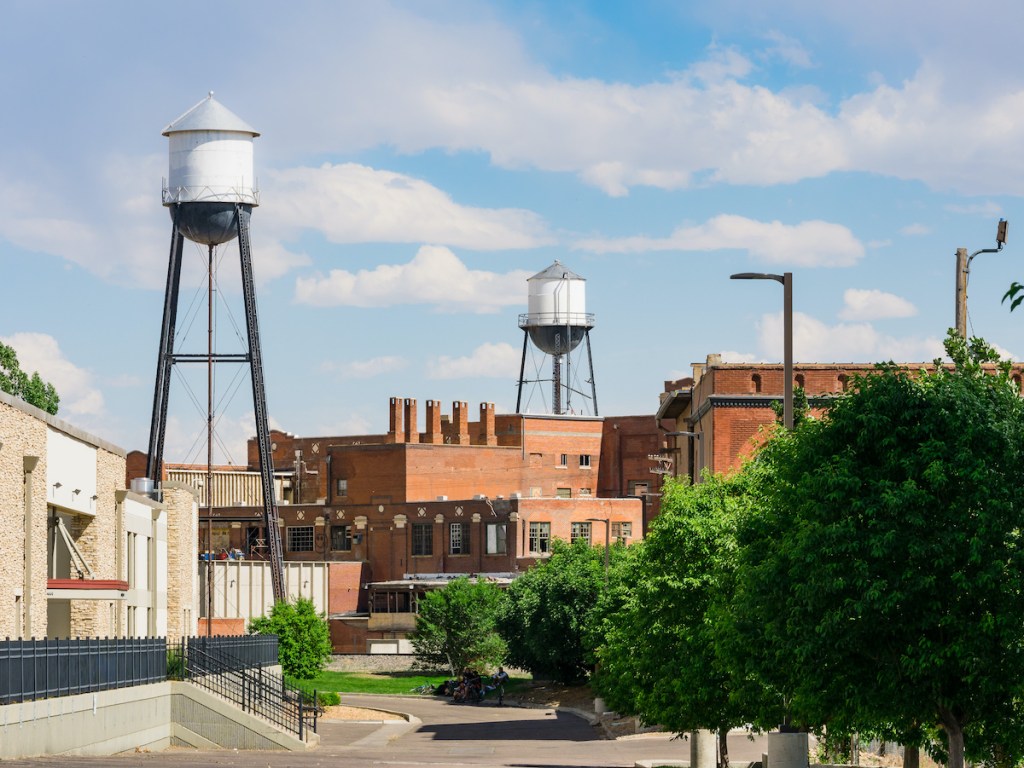The progression of homebuying over the past year has seen prospective buyers adjusting their preferred destination plans again, and again, and again.
One example is Colorado’s housing market, which has seen the effects of an insanely competitive market combined with low inventory push buyers into secondary cities – and sometimes, beyond.
For a time, Colorado Springs became the de facto destination for buyers priced out of living in Denver. That surge of buyers, combined with housing inventory that remains at historically low levels, then priced buyers out of Colorado Springs and into smaller cities like Pueblo, an artsy city with a population of about 113,000.
“Buyers are moving outside of Colorado Springs — and in some cases out of Colorado completely — to get away from the increased traffic, busy restaurants and sometimes even the weather, but mostly due to the rocketing costs of housing, including rent,” said Scott Sanchez, a Colorado Springs Keller Williams real estate agent.
So, how are Pueblo real estate agents handling the unprecedented housing market activity?
How borrower education can make housing more attainable
The current housing market is making it difficult for prospective buyers to afford a home. Housing professionals need to find ways to better meet buyer needs.
Presented by: Fannie Mae
A newer neighborhood, Pueblo West, is drawing the most attention from out-of-state buyers, and from movers looking to get out of Colorado Springs or bigger cities. Alyssa Loflin, a Pueblo real estate agent, said buyers are so eager to get into Pueblo West, they are submitting offers “way over” asking price on homes and, in some cases, forgoing inspections to close quicker.
“Houses around $300,000 are like the golden ticket,” she said. “They’re selling in about a week’s time. Basically, $500,000 and below are selling immediately. And I’m dealing with more out-of-state people right now than in-state — I’ve been talking to people from Alaska and Tennessee who want to buy in Pueblo.”
Loflin said houses in the $300,000-range are getting around 15 offers — way up from a normal Pueblo, Colorado housing market.
“We might get three or four offers on a house in another time,” she said.
“Any houses below $300,000, it doesn’t exist anymore in Pueblo,” added Frank Griffin, a realtor with Flat Rate Realty in Colorado. “Two years ago, you could buy a fixer upper for $80,000. Now, people are buying those same fixer-uppers for $150,000. There are just less houses on Colorado’s housing market but still a ton of buyers.”
And it’s only a matter of time, Griffin said, before other smaller towns feel the same rush of buyers that Pueblo has felt.
Competition has given rise to buyer behavior usually seen in much larger markets across the country. “Across pretty much all price ranges, active homes are receiving about 7% to 10% over list price, and most buyers are giving full appraisal gap coverage,” Sanchez said. “They are all blowing my mind this year.”
With existing homes going fast, Pueblo’s homebuilders are also seeing increased activity.
Pioneer West Homes, a custom Pueblo builder that specializes in environmentally-friendly building, has reported getting “a lot more” calls than usual. The builder said the demand means breaking ground on any new homes is now pushed out to a year, which is about six months longer than usual. Likewise for Premier Homes, which has locations from south of Pueblo to north of Colorado Springs, which is running two to three months behind its normal building timeline.
Homebuilders are facing a variety of other challenges, at the same time demand is peaking. Lumber prices have reached historically high levels following the shutdown of several mills in the U.S. and Canada due to COVID-19 health concerns. Simple economics tells the tale: a lack of supply leads to an increase in price, and builders have suffered. Studies have shown that, since the onset of the pandemic to the end of 2020, new home builds were costing an average of $24,000 more due to the astronomical lumber prices builders are having to pay.
Builders in Pueblo, aren’t immune. Domega Homes, a builder in a large master-planned community in Pueblo, cited rising lumber prices and the difficulty of getting electrical component materials as two major challenges. Eagle Ridge Homes, a smaller company on the north side of Pueblo, noted they have been forced to substitute their normal choice of Whirlpool appliances for other comparable brands due to supply issues.
“The competition just keeps getting driven up all over the state,” Sanchez said. “People from some parts of the country won’t mind living in Pueblo or smaller towns, even with the 30 minute drive to Colorado Springs or the 90 minute drive to Denver.”






